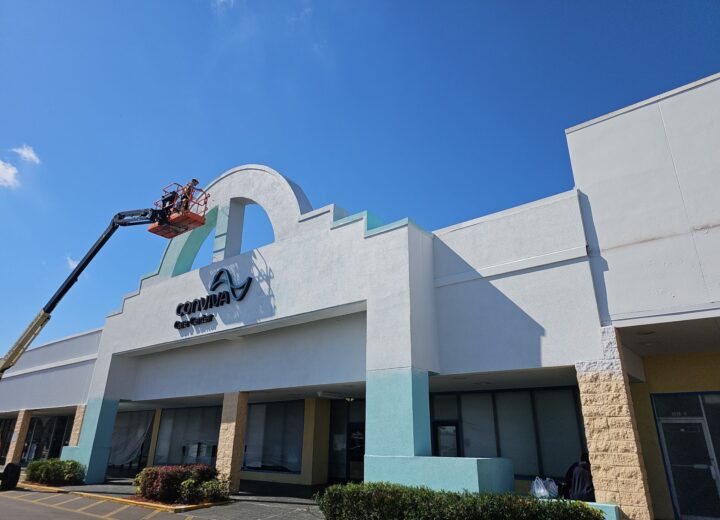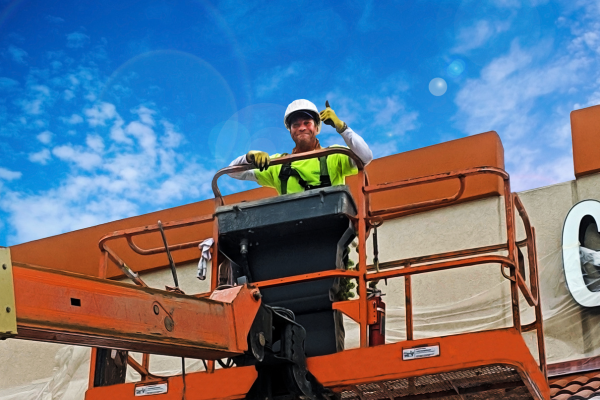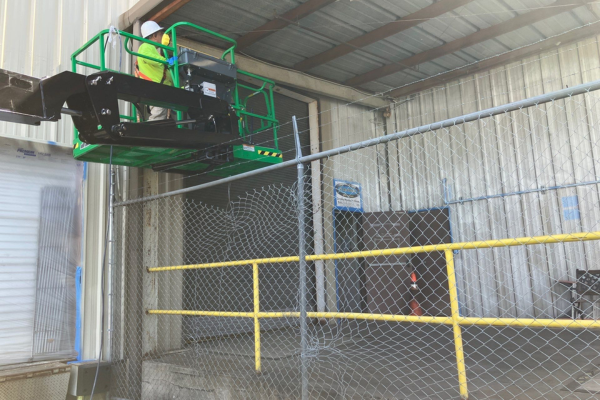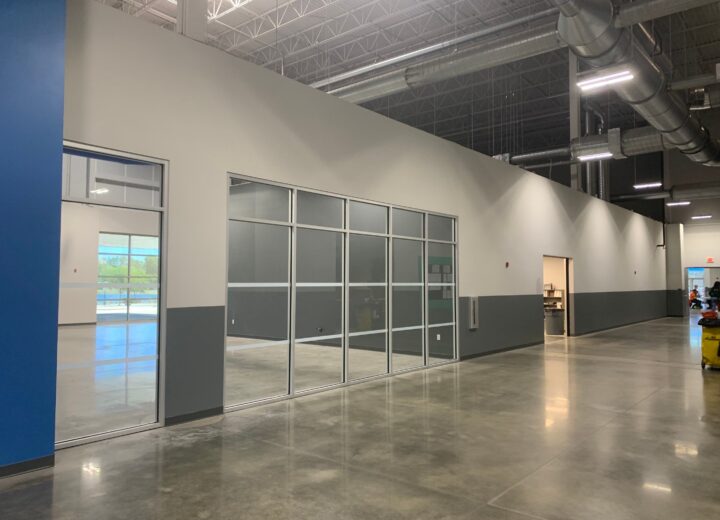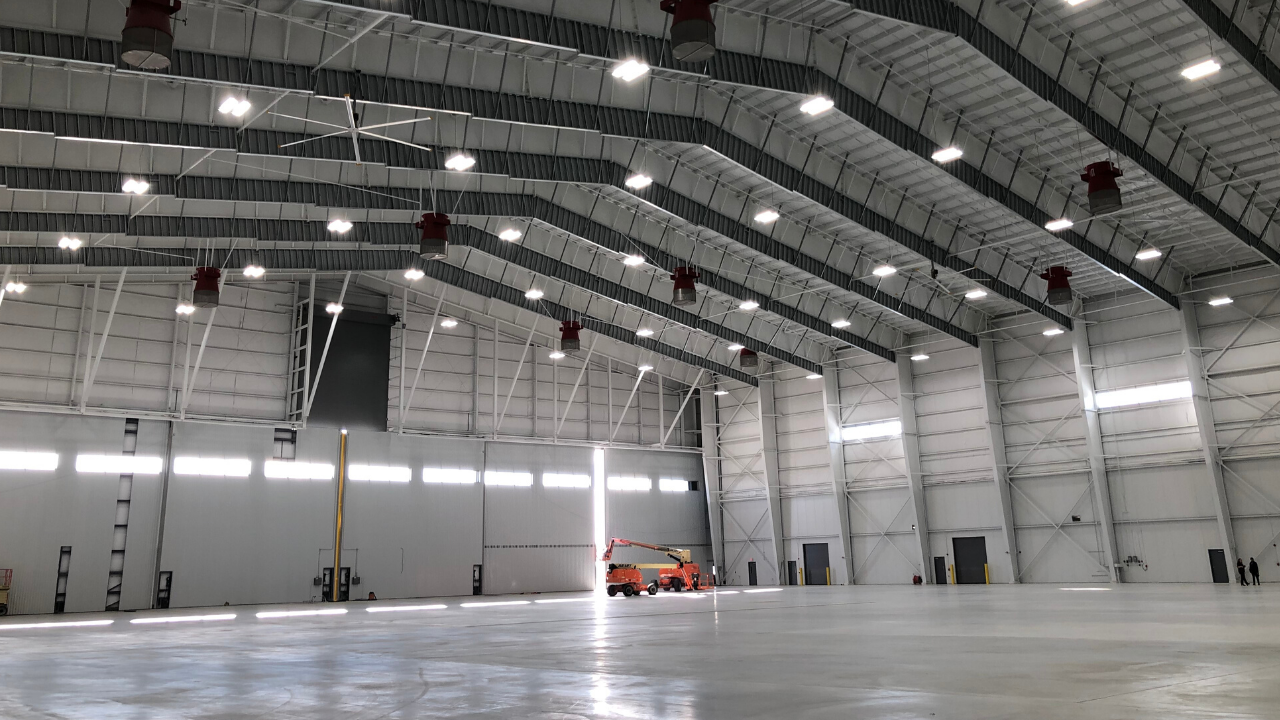
Nearly as important as selecting the right industrial coating is preparing the surface properly to optimize its effects.
Without appropriate surface preparation, you’ll often find coatings do not stand up to environmental hazards as they should – requiring rework sooner rather than later.
Surface preparation should be considered the first part of any job, followed by primer application and finally paint. In general, surface preparation should only add a few days to your process, but it can add many years to the longevity of your completed surface.
A handful of common surface preparation procedures apply to the majority of industrial projects. Sometimes, several forms of preparation should be used in a specific order to get the desired results.
Key factors in preparing industrial surfaces include:
1. Eliminating Superficial Paint, Rust, and Contaminants
Only in rare cases can industrial coatings be applied directly to rust – and these direct-to-rust primers and paints may not have the performance qualities needed for every project. To maximize adherence and get full benefits from industrial coatings, it is vital to remove surface contamination in a systematic way.
Abrasive blasting is one of the most effective ways to do this in most industrial settings.
Abrasive blasting consists of using pressurized air to propel granular materials onto the surface and wear away superficial layers of paint, corrosion, and chemicals. It is frequently used for concrete and metal surfaces and in the etching of smooth surfaces so paint adheres to the surface.
Abrasive blasting is often paired with water blasting, which is performed first.
Water blasting can remove layers of dirt and grease with ease. A more powerful “blast” can even remove epoxy flooring and has applications in industrial demolitions. Appropriate safety measures are crucial whenever water blasting equipment is used.
2. Evaluating the Need for Resurfacing Before Industrial Coating is Applied
If surfaces have physically deteriorated, further preparation may be needed before coatings are applied. In particular, older concrete and epoxy floor systems may need to be resurfaced to prolong life. Resurfacing is an intensive process, but it costs less than a replacement.
Resurfacing is the process of leveling chipped, cracked, and damaged surfaces. This not only makes the surface easier to paint but raises overall safety. Line striping also becomes possible.
Resurfacing can also include deeper treatment of the surface to eliminate previous coatings.
Concrete surfaces might have been sealed in the past to block pores in the material. Sealing provides some protection against staining and corrosion but can make it difficult or impossible to implement other surface preparations if needs have changed since then.
Resurfacing can apply to concrete, epoxy floor systems, and even some industrial metals.
3. Matching Primer to Operating Environment and Hazards
The selection of primers for industrial coatings must take into account the working environment as it is, not as it might look on paper. For example, it is not enough to know what chemicals are used in the environment – painters should also factor in recent spills.
Paint and primer continue to work together long after the paint is applied. With that in mind, the primer should be chosen to suit the environment. In addition to spillage, consider these factors:
- The average operating temperature in the facility
- Low and high temperature extremes the area reaches
- Humidity level, standing moisture, and oxidization risk
- The pH levels of chemicals used in the environment
All these will influence the ideal chemical composition of primer layers as well as how much should be used. Contractors can gain an understanding of the environment by doing a walkthrough of what processes take place there and what industrial risks are involved.
In Industrial Painting, Perfect Preparation Improves Performance
Even though the actual application of primer and paint may take up most of your project time, it’s essential to judge the need for these preparatory steps and prioritize them.
Luckily, speed and quality can co-exist when you choose the right industrial painting contractor. A painting partner who understands your industry and environment can do excellent work faster.
At Performance Painting, our experience gives us the insight to ensure you get the most value from your project. Often, that means a little extra time and care now to offer peace of mind later.

